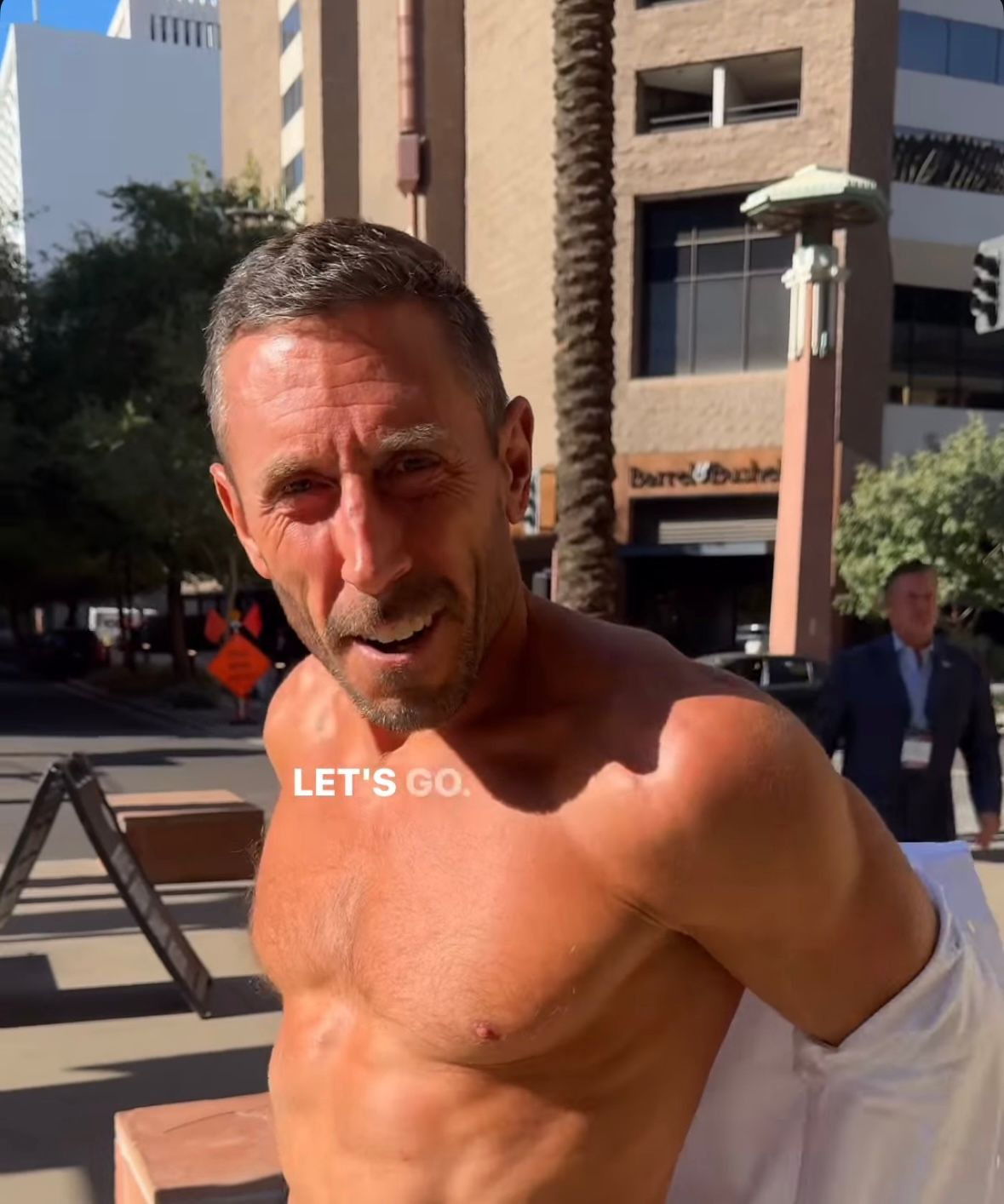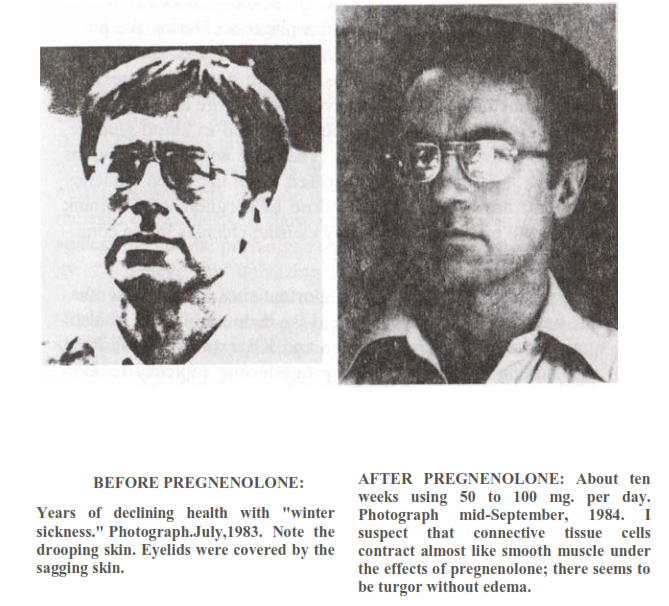Tracking down the mysterious cause of Dr. Paul Saladino's shockingly rapid aging
-
Blacks tend to age better facially than whites. They have thicker skin.
-
How long has he been eating a low carb diet? Chronically high cortisol from eating a low carb diet is sufficient to cause rapid aging.
-
He is in top physical shape, but facially he does seem to age at an accelerates rate. This is worrisome because he embodies a lot of Peat’s principles.
I still stand by the opinion that there’s a sweet spot with sun exposure above which you don’t want to go.



-
@Hearthfire Direct sunlight during the peak hours will absolutely cause DNA damage and age you.
-
Ray got drooping/sagging skin by age 47 . He patched himself with pregnelone.
Also look at his neck on the left picture. He looks too old for his age.
Just wondering if he was under a lot of stress in that time.In 1983, the ocean current called El Nino caused
Oregon's weather to stay cloudy and rainy through the
summer. I didn't have my usual summer recovery from
"winter sickness," and by November I was becoming very
sick. During a two week trip I felt perfectly well, but except
for that short time I kept getting sicker and sicker (with
inflammation of arteries, dental abscesses, asthma, migraines,
and colitis). Lying in bed one day trying to understand what
had happened during that two-week trip, I remembered that I
had used the vitamin E containing a residue of pregnenolone
on the trip, but used pure vitamin E after I got home. I
immediately got out of bed and took a pinch of pregnenolone.
In about an hour, all of my symptoms had stopped, and for
over a week I was healthy and energetic. But then I got sick
again, and was so distracted by the pain that it was several
days before I remembered the pregnenolone. Another pinch
had the same dramatic sudden effect. Since then I have taken
some almost every day. While I was sick I had pictures made
for a passport, but they looked so odd that I got several more.
The best of those, the least haggard looking, is reproduced
here.
NOTE:
After using pregnenolone for several years, I noticed
that the slack skin and other signs of aging were coming back.
-
@Insomniac first pic, way leaner and way less bloated than the second pic. First pic he is also doing insane facial expressions. I have seen his videos he looks only slightly older now but way healthier than before in alot of ways also...
-
@Insomniac Georgi does have great skin dont he god daaayuuum
-
@Insomniac I think the opposite effect of someone older gaining fat in the face happened in combination with some of the other things. What I mean is how someone with not that good skin their skin can seem way smoother with some more water and fat. Saladino is shredded now and been surfiiiin babeeeey
-
@Insomniac With more fair yet still less favourable image compared to his "old young photo lol" in terms of lightning, facial expression, blurryness and video quality he looks like this. This is why I dont think the difference is very big considering how much leaner and less bloated he is. Combined that with that its been 3 years or something.

Also the before pic you posted looks like as if it had gone through one of those ai smoothing filters lol, everything not only him is smooth....
-
 Also now..
Also now.. -
@Razvan This paired with the things I mentioned in my posts is what I believe is going on
-
@Hearthfire said in Tracking down the mysterious cause of Dr. Paul Saladino's shockingly rapid aging:
Low Vitamin D and using sunscreen is what causes cancer and aged skin look.
Do you have any sources/studies/testimonials about it ?
-
Doubt there will be a good source for that.
Sunscreen absolutely prevents aging of the skin.
-
I have noticed the same aging with Brendan from Santa Cruz, a Paul Saladino type, who promotes kind of the same anti seed oil-surf bro lifestyle as Paul. Where they differ though is that Brendan is an weed bro who sells hemp products as well as beef tallow.
Compare these two screenshots from his tiktok page, the first one is from 2022 and the second one 2024, roughly 2 years apart. In the first photo he is 30 years old and in the second he’s 32.
2022:

2024:

Maybe it’s the hemp ?
-
@war4512 georgis forehead is way leaner than one would think if you look close. there is a clip where you see his body more it actually quite buff. He has visible muscles and not that big midsection as some may think
-
@Insomniac love this
-
@mad what do you think it is? The meat? The sun?
-
Too much meat
-
I have just listened to the latest interview with Dr. Saladino and he seems to following Ray's advice only to some extent like 50-60%...
https://www.youtube.com/watch?v=ryiyMJ8ZT8c -
These threads are the gossip magazines of Peat-forums ...
Are you seriously trying to figure out the truth by analyzing the cosmetic appearance of ecelebs?